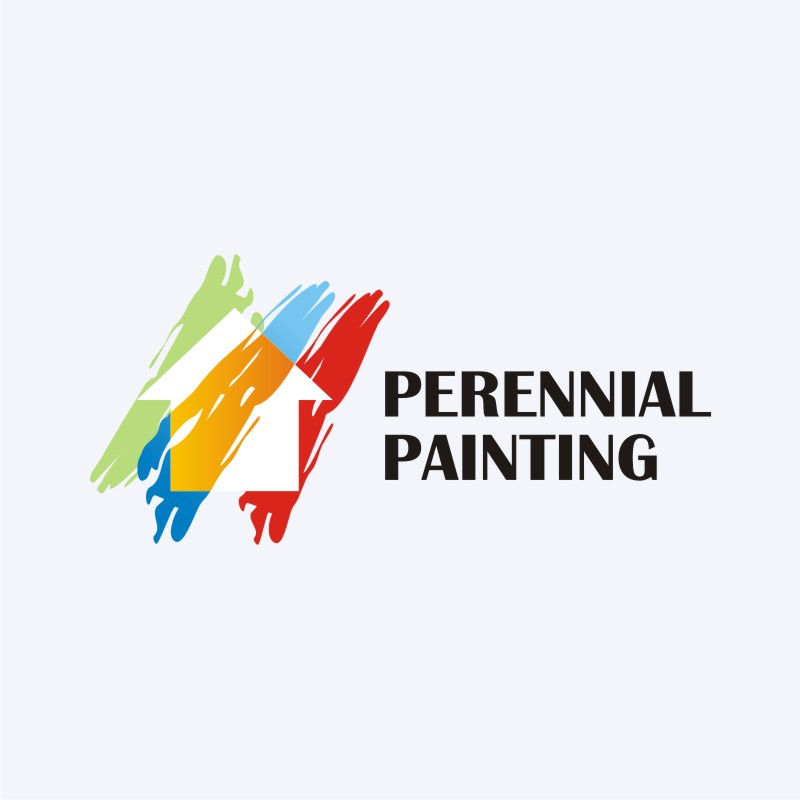Figure Out Exactly How Seasonal Aspects Influence Industrial Outside Painting Success And Uncover The Very Best Times To Guarantee Long Lasting Outcomes For Your Job
Figure Out Exactly How Seasonal Aspects Influence Industrial Outside Painting Success And Uncover The Very Best Times To Guarantee Long Lasting Outcomes For Your Job
Blog Article
Author-Korsholm Decker
When you're intending a commercial external paint job, seasonal factors can make or damage your results. You'll wish to think about just how temperature level and humidity influence paint application and drying times. Choosing the best season can ensure your paint sticks properly and lasts much longer. But which seasons are truly the very best for this sort of work? Let's discover the crucial elements that can affect your task's success.
The Impact of Temperature on Paint Application
When you're preparing an industrial outside painting task, the temperature can substantially impact just how well the paint adheres and dries.
Preferably, you intend to repaint when temperatures vary between 50 ° F and 85 ° F. If it's as well cold, the paint may not treat effectively, bring about concerns like peeling off or fracturing.
On the other side, if it's as well hot, the paint can dry out too promptly, protecting against proper attachment and resulting in an uneven surface.
You must likewise consider the time of day; early morning or late afternoon offers cooler temperatures, which can be more favorable.
Constantly inspect the maker's recommendations for the certain paint you're using, as they commonly provide assistance on the suitable temperature range for optimal results.
Moisture and Its Impact on Drying Times
Temperature level isn't the only environmental variable that affects your commercial outside paint task; humidity plays a considerable function too. High humidity levels can slow down drying times considerably, impacting the total quality of your paint work.
When the air is filled with wetness, the paint takes longer to cure, which can bring about concerns like bad adhesion and a higher threat of mold growth. If building painting services on an especially damp day, be prepared for prolonged delay times in between layers.
It's important to keep track of neighborhood weather conditions and plan as necessary. Preferably, aim for humidity levels in between 40% and 70% for ideal drying out.
Keeping these consider mind ensures your task stays on track and delivers a long lasting surface.
Best Seasons for Commercial Exterior Painting Projects
What's the most effective season for your business exterior painting tasks?
Springtime and early loss are typically your best bets. During these periods, temperatures are moderate, and moisture levels are frequently reduced, developing perfect problems for paint application and drying out.
Stay clear of summer's intense heat, which can trigger paint to dry as well promptly, leading to poor bond and finish. In a similar way, winter's cool temperatures can impede proper drying and curing, risking the durability of your paint work.
Aim for days with temperatures in between 50 ° F and 85 ° F for optimal outcomes. Bear in mind to examine the regional weather report for rainfall, as wet problems can wreck your task.
Planning around these factors guarantees your paint job runs efficiently and lasts much longer.
Conclusion
To conclude, planning your industrial outside paint tasks around seasonal considerations can make a significant distinction in the outcome. By helpful resources during the ideal temperatures and moisture levels, you'll ensure better bond and drying times. Keep in mind to keep an eye on regional weather report and select the right time of year-- spring and early autumn are your best choices. Taking these actions will certainly aid you achieve a long lasting and expert coating that lasts.
